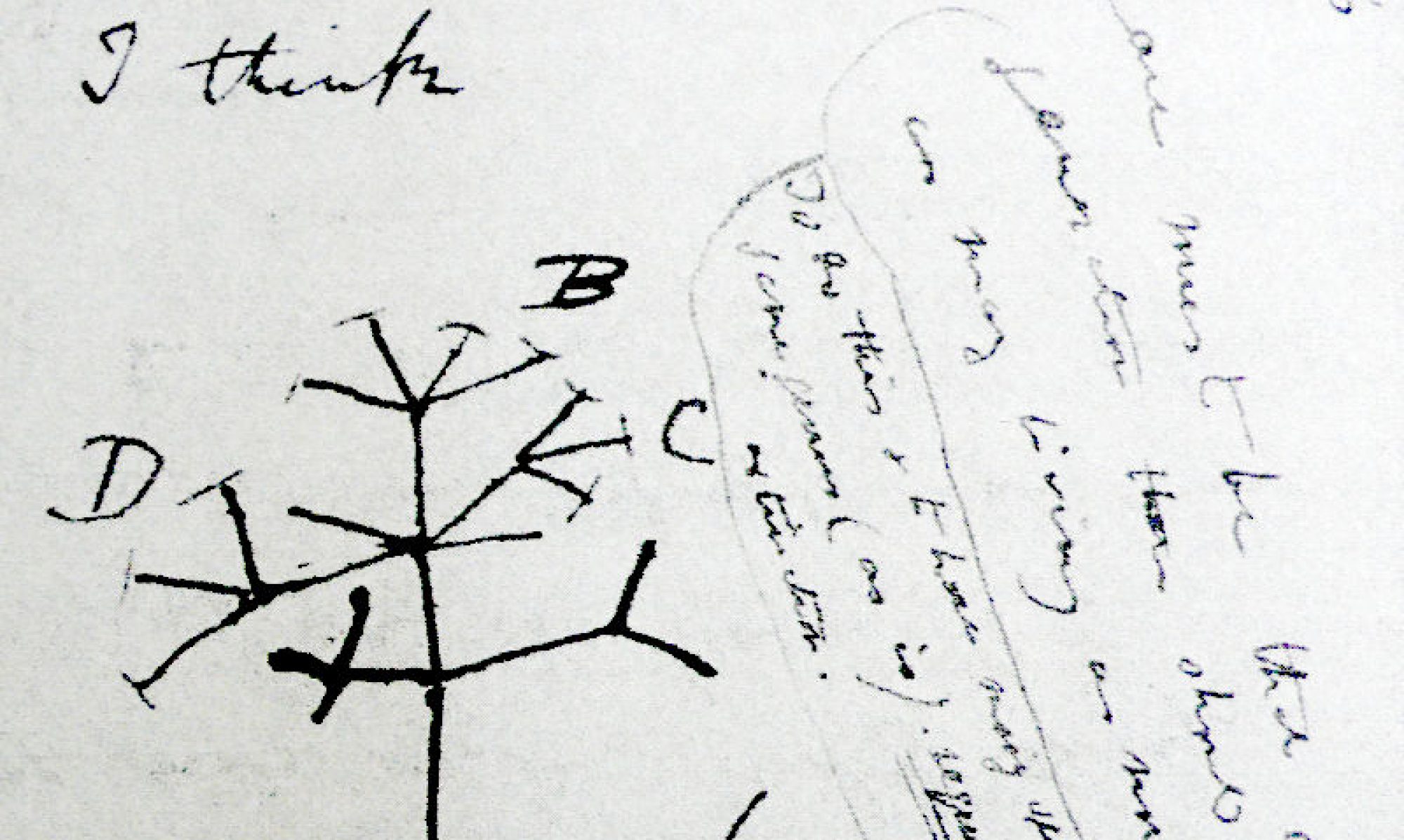By: Emily Almeida, Caroline Houghton, Nathan Skopas, and Jada Thornton (Stonehill College, BIO323: Evolution, Spring 2023)
Three-spined Sticklebacks, Location of Study, and Introduction
The three-spined stickleback (Gasterosteus aculeatus) is a species of fish that can be found in temperate regions of the northern hemisphere and in seawater and freshwater habitats in the Atlantic and Pacific basins. Sticklebacks have long been considered a model organism for studying adaptive radiation, due to their parallel diversifications between freshwater sticklebacks and their marine ancestors. Adaptive radiation is defined as the rapid increase in the number of closely related species characterized by great ecological and morphological diversity. The driving force behind adaptive radiation is an organism’s adaption to a new environment. In this article from Ecology and Evolution, the population of three-spined stickleback fish studied were native to two Scottish islands, North and South Uist. Specifically, the diversity in the number and type of bony armor plates in species native to both islands were compared. Bony armor plates are structures on the fish that run along their backside and help to protect the fish from predators. Based on prior work, it was observed that the populations located on North Uist showed immense diversity, which was thought to be related to diversity of aquatic habitats within the area. On South Uist, evolutionary diversity within the stickleback population was significantly less, despite similar levels of diversity within the surrounding habitats. The diversity in pH on North Uist, and lack thereof on South Uist, has likely led to this drastic difference.
